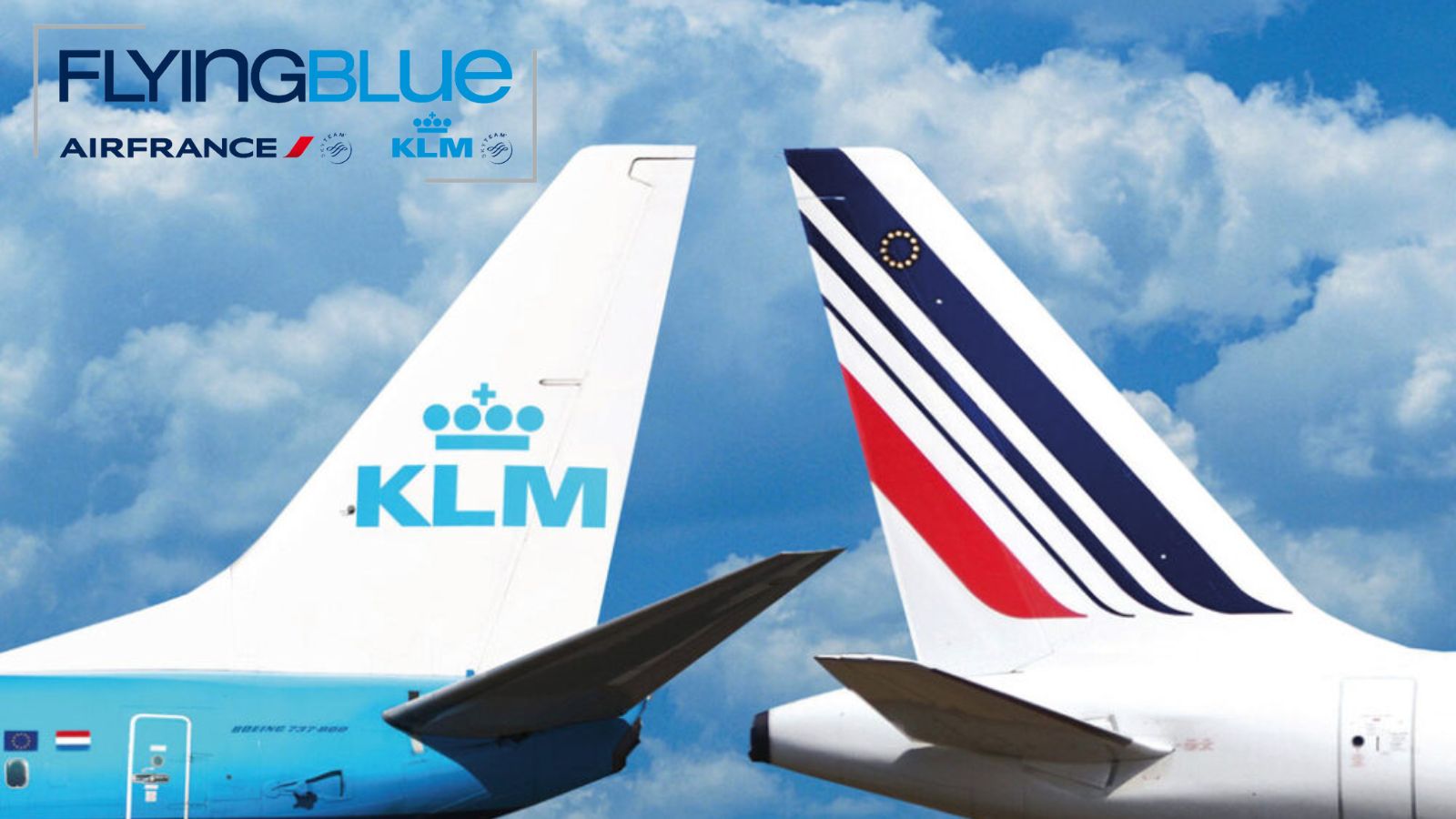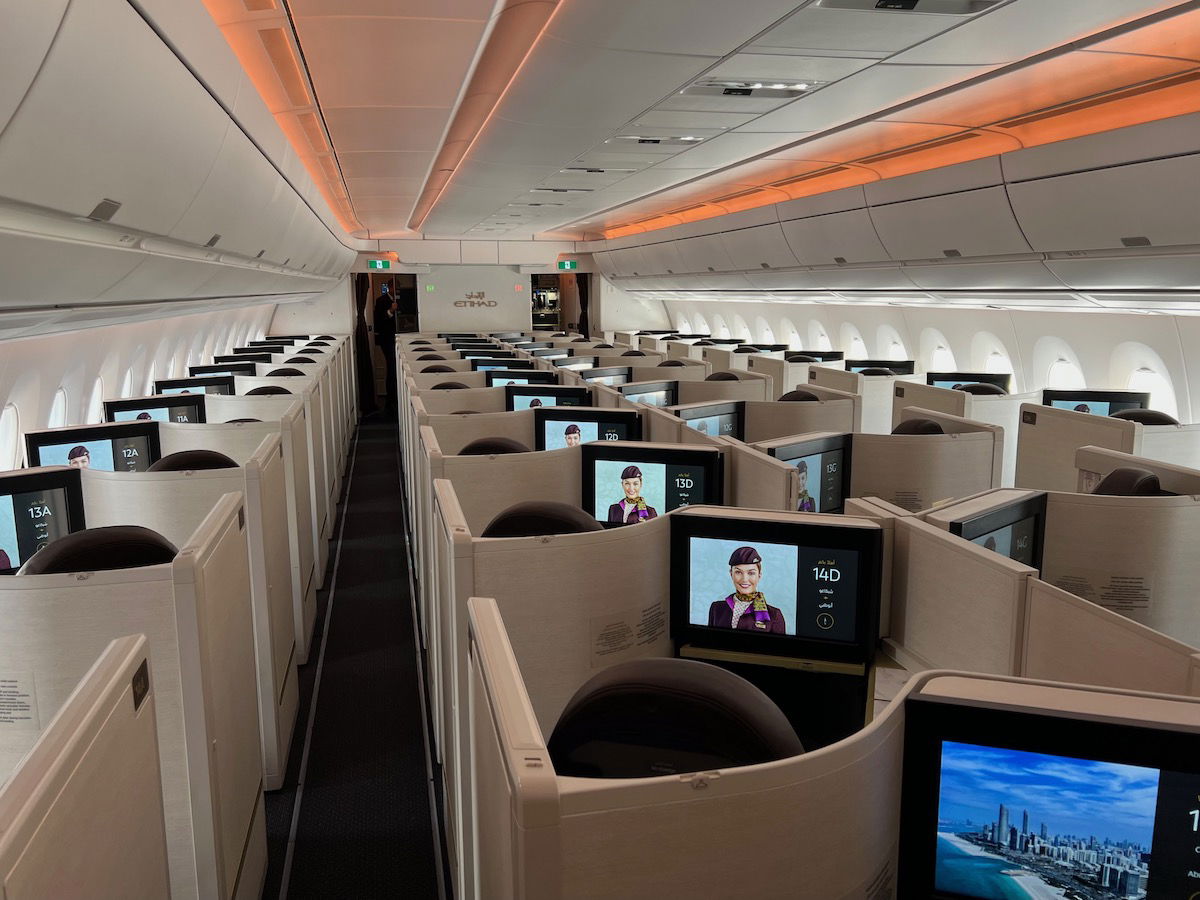OAG: US carriers’ network changes and growth insights for Q1 2025
According to OAG data, US airlines face slight capacity growth in Q1 2025, with low-cost carriers adjusting networks and facing demand uncertainties. The article OAG: US carriers’ network changes and growth insights for Q1 2025 first appeared in TravelDailyNews International.


The first quarter of each year is always challenging for airlines in the Northern Hemisphere as demand drops and they seek to stimulate demand with aggressive pricing while handling the complications of seasonal weather disruption and subsequent increases in operating costs. This year will be no different, but as some airlines begin to see a softening in demand, the US market is about to see a change of administration and some analysts are questioning “where next for the low-cost segment?”, it’s a timely moment to see how the principal carriers are looking for Q1 of 2025.
Slight Capacity Growth, But Don’t Miss Some Important Adjustments
“Total capacity in the US market this quarter will increase by just 1.1% to 270 million. This is comprised of a domestic market of 249 million seeing growth year on year of 1.3% and international capacity of 21 million slipping back by 1.8% over the previous year. With the domestic market more than ten times larger, this segment determines the market’s general direction.” says John Grant, OAG Chief Analyst.
“Across the major US based airlines there are a range of perspectives on the levels of production. The big three legacy scheduled airlines range from a near 1% increase – in the case of American Airlines – through to United being more bullish with a 5.8% capacity increase, of which 6% is placed into the domestic market. JetBlue’s network reorganisation programme appears to result in some 4% fewer seats in the first quarter while not surprisingly Spirit Airlines have a 15% reduction in capacity as they work their way through the initial stages of their Chapter 11 filing, and we will look in more detail at those adjustments later.
Bullish capacity growth from the ultra-low-cost carriers is reflected in Allegiant with 14% growth, and Frontier at 10%, while Breeze is in that evolutionary growth phase. Whether such growth reflects expected demand, a commercial necessity to fly or a chase for revenues, will only be determined in April and beyond.” Grant continues: “In the domestic market there are big and bold moves by some carriers, perhaps forced by fleet deliveries in the last twelve months. They must operate those aircraft somewhere, and after all, any revenue is better than no revenue, isn’t it? Not always…
Grant continues: “In the domestic market there are big and bold moves by some carriers, perhaps forced by fleet deliveries in the last twelve months. They must operate those aircraft somewhere, and after all, any revenue is better than no revenue, isn’t it? Not always…
In particular, Breeze has a 53% increase in planned capacity and Avelo (18%) and Allegiant (14%) are also putting in some large increases across their operations. Changes in a low-cost airline’s network from winter to summer seasons are fairly standard in all markets, but in the case of some US carriers the levels of churn are dramatic; Avelo Airlines for example is opening fourteen new airport markets this quarter compared to last year, while at the same time dropping eleven markets from their programme. This may highlight an airline trying to find its way in a very competitive market.”

International capacity has a similar picture to that of the domestic markets with the notable exception of Spirit who have cut over one-third of their international network as they seek to find a way forward, which brings us nicely onto what is happening at Spirit?
Reshaping a network is a complex business with many variables to consider, and can have a huge impact on employees with factors such as base closures to consider and relocations for those interested. But the reshaping has to start somewhere, and Spirit certainly seem to be getting on with the job, dropping some major airport pairs including 5 routes where they operated more than 30,000 seats in quarter one 2024. This includes the cancellation of routes between EWR – PHX, MCO – SLC and LAS – PIT.
The article OAG: US carriers’ network changes and growth insights for Q1 2025 first appeared in TravelDailyNews International.
What's Your Reaction?













































































